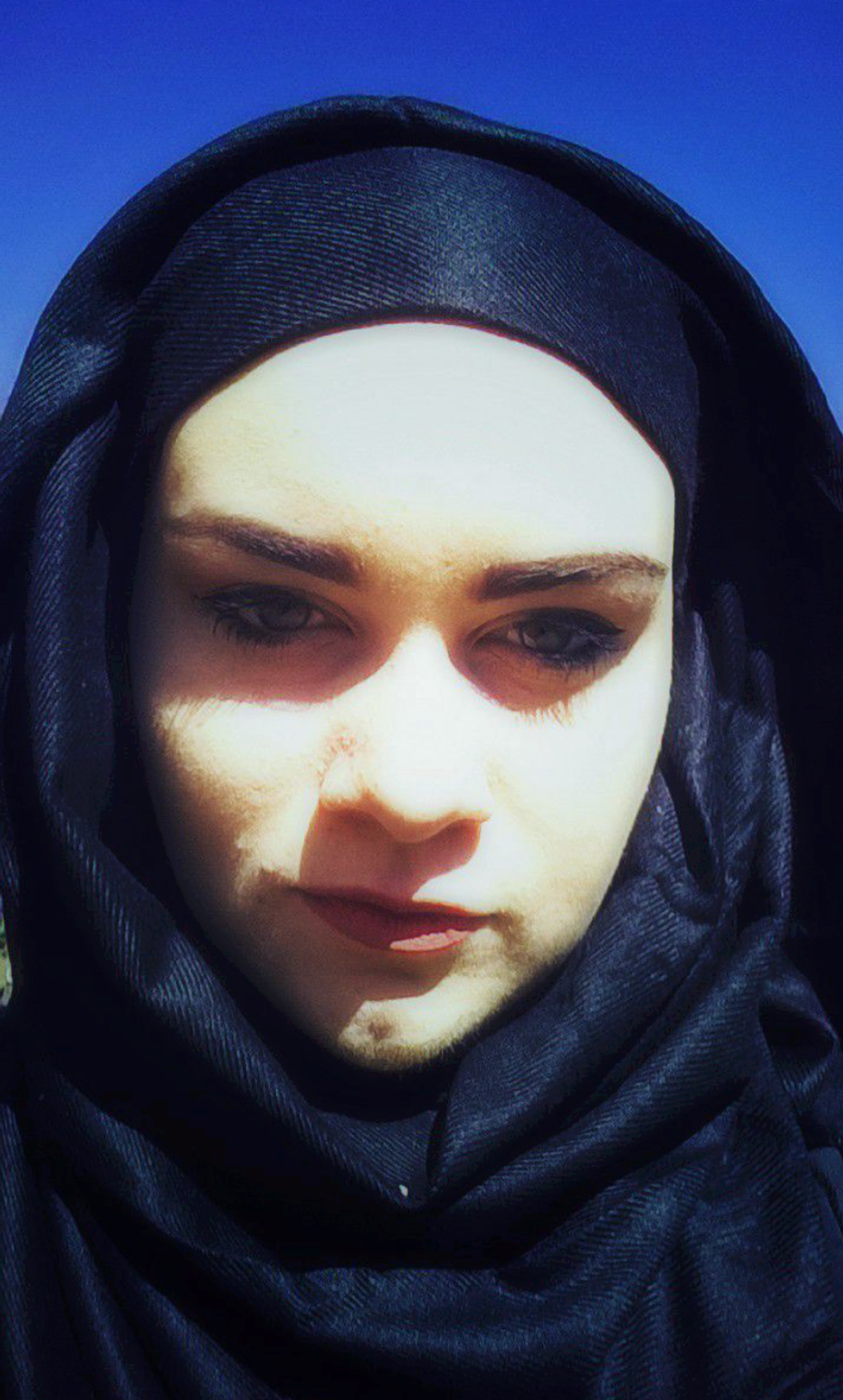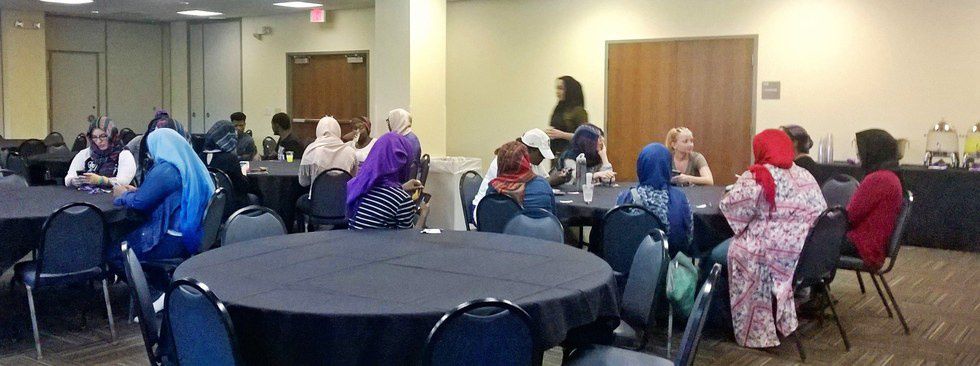On the night of September 19, 2016, I was given a silky, black material with soft fringe on both ends.
"This is your hijab," Naima Elmi said to me and the twenty other people who sat in the Office of Diversity and Inclusion.
It was only my fifth week at Capital University. As a first-year, I've come across many things that have given me quite the cultural shock, but nothing like this. When the meeting concluded, and I was shown how to wear my hijab, I immediately went to YouTube to try out the many different styles and see which one I liked best.
When I woke up the next day, I went through my usual routine. I brushed my teeth, got dressed, checked my email, and went to breakfast. The only difference was that I had a hijab on.
It was strange. I expected something...well, more. It was literally a scarf that you could get at WalMart or Target in exchange for the crumpled dollar bills in your pocket. But the meaning of it amounts to so much more.
If you don't already know, hijab is the Arabic word for "cover". As to why Muslim women wear them, I learned that there are numerous reasons. While most wear it for the sake of their religion, there is a vast majority that wear out of personal choice. Some don't even view the hijab as a mandatory item to their faith. They wear it more as an expression of their cultural identity. I, on the other hand, wore it to experience a fraction of what these women have to deal with on a daily basis.
As expected, I was given strange looks, which I became increasingly aware of not five minutes after walking out of my dorm. When I met my friends for breakfast, they said that they hardly recognized me when I approached them. I was constantly readjusting my hijab throughout the day, and I will admit that the thought of taking it off crossed my mind more than once. Although, despite how hot I was in my long sleeves and pants, I kept my hijab on, and I'm glad to say that I did.
Overall, the experience was positive. That evening, I sat in on a meeting held by the Muslim Student Association, which included thirty to forty other girls who sported different colored hijabs. We shared our experiences, and I was surprised to find that many found it very empowering. A few stated that they felt more beautiful. Instead of worrying about their hair or jewelry, they focused on their face. One girl even said that it helped her grow as a feminist, following the idea that women can choose to wear, or not to wear, whatever they want. While it was a fun event to participate in, there is one thing that Naima said that I will never forget.
"Remember," she said, "at the end of the day, you can take your hijab off. We do not."
In other words, this is their life, and whatever we were exposed to that day doesn't amount to half of what these brave women face on a daily basis. The sexist comments and dirty looks they put up with are constant. Knowing this, I have a special appreciation for their devotion and commitment to both their faith and personal choice. I agreed to wear my hijab with them that day, hardly realizing the kind of impact it would make on my life. My views and perceptions have changed for the better. With that being said, I'm excited to do it again next year, in hopes to learn even more.
























